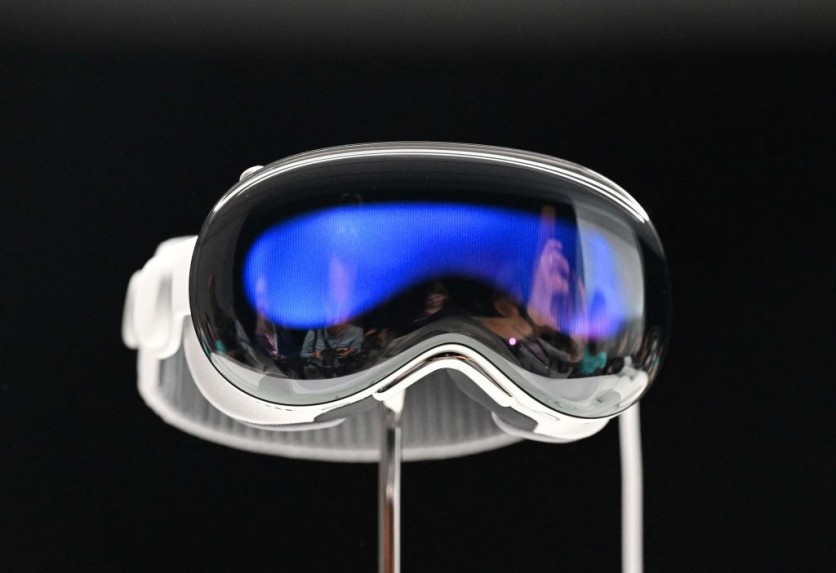Apple's foray into augmented reality (AR) has been making headlines for a while now, with the much-anticipated Vision Pro headset set to launch early next year.
However, it seems that the tech giant is already thinking ahead, as recent reports suggest that Apple is gearing up for the release of an affordable Vision Pro headset.
While this cheaper model might sacrifice a few features, it aims to bring AR technology closer to the masses with a more accessible price point.

The Quest for Affordability
As reported by Mark Gurman of Bloomberg, Apple's development teams are putting their focus on creating a more budget-friendly version of the Vision Pro headset by reportedly dropping its outside screen and Mac-grade chip.
With the original model's price tag reaching a staggering $3,500, it is clear that a more cost-effective option is needed to appeal to a broader audience.
The target price range for this more accessible headset is expected to be between $1,500 and $2,500. To achieve this price point, Apple is making several strategic decisions.
Goodbye to EyeSight Feature
9to5Mac tells us that one significant cost-cutting measure Apple plans to take is removing the EyeSight feature. This external OLED display projects a rendering of the user's facial expression to others in the room.
While EyeSight offers the Vision Pro a unique social interaction aspect, it does not directly benefit the wearer's AR experience. When the user is immersed in a virtual world, the display clouds over, and the EyeSight feature helps those around them understand their actions and expressions.
Removing this feature would reduce the headset's production costs, making it more affordable.
A Closer Look
EyeSight works by projecting a three-dimensional rendering of the user's face and eyes onto an externally curved OLED panel framed in lenticular glass, creating the illusion of depth.
The Vision Pro continuously tracks the user's position in relation to others in the room, providing a lifelike perspective of the user's eyes.
While it may sound like a substantial loss, users primarily using the headset in isolation would not miss this feature. By cutting EyeSight, Apple can significantly lower the bill of materials, making the headset more attainable for consumers.
Other Cost-Cutting Measures
In addition to eliminating EyeSight, Apple plans to include fewer external cameras and sensors in the more affordable Vision Pro model.
These reductions in hardware will further help bring down the overall cost.
Apple is not just stopping at a more budget-friendly Vision Pro headset; they are also working on a second-generation high-end Vision Pro, intending to make it lighter and more comfortable to wear.
This upgraded version is also expected to receive a boost in chip specifications, potentially switching from Mac-grade chips to an iPhone processor.
The company is exploring ways to integrate prescription lenses directly into the device to simplify the design, offering a seamless experience for users who require corrective eyewear.
While the official launch date for the first Vision Pro headset is still "early next year," the exact release window remains somewhat elusive in typical Apple fashion.
Stay posted here at Tech Times.
Related Article : Meta Quest 3 vs. Apple Vision Pro: Early Reviews Call it Cheap, 'Hardly' Mixed Reality

ⓒ 2025 TECHTIMES.com All rights reserved. Do not reproduce without permission.




